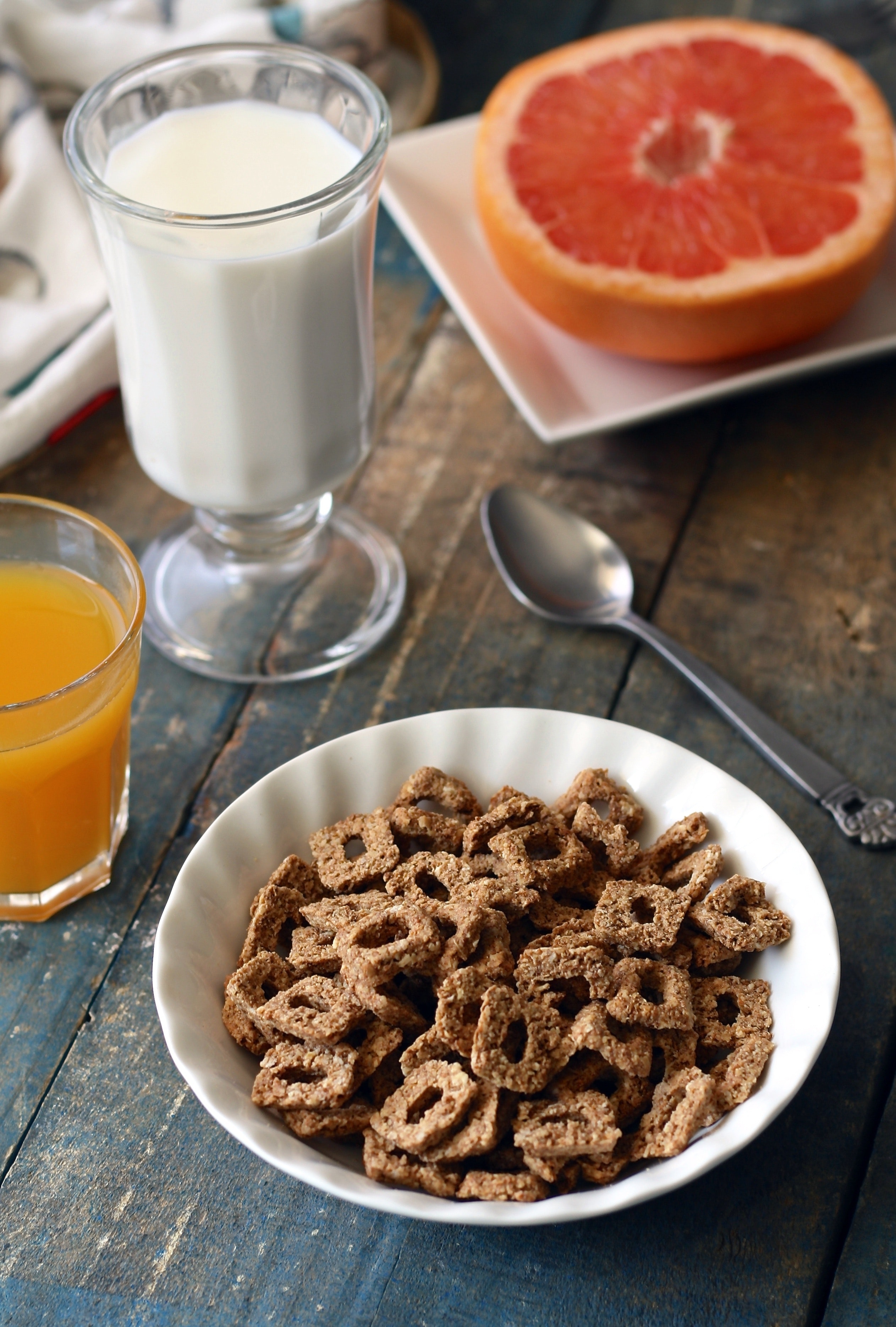You Should Be Eating 25+ Grams of Fiber Each Day – Here’s How
Table of Contents
ToggleWhat is Fiber?
Fiber is a nutrient found in plants and carbohydrates that your body can’t digest. Unlike carbs, proteins, and fats that are broken down by digestive enzymes, fiber passes through the digestive system relatively intact. You may be wondering, if I can’t digest it, why should I eat it? Although our bodies can’t digest fiber, it actually has quite a few health benefits.

Benefits of Eating Fiber:
Digestive Health: Eating enough fiber can help to normalize bowel movements and maintain a healthy digestive system.
Heart Health: Studies have shown dietary fiber to help improve LDL cholesterol as well as blood pressure and inflammation.
Maintain Healthy Blood Sugar Levels: High fiber foods are slower to digest and can help to slow the digestion of sugar and easy to digest carbs. This is especially important for people with diabetes.
Maintain a Healthy Weight: Fiber helps to make foods more filling, in part because they take longer to digest.
Learn more about the health benefits of fiber here.
Types of Fiber:
There are two main types of fiber: soluble and insoluble fiber.
Soluble Fiber dissolves in water and can help to lower cholesterol and blood sugar levels. It can also help improve diarrhea by absorbing excess liquid in the digestive tract. Soluble fiber can be found in oats, beans, apples, blueberries, and oranges.
Insoluble Fiber does not dissolve in water and helps food pass through your digestive system. It increases bulk and can help to relieve constipation. Insoluble fiber can be found in the skins of fruit, beans, and vegetables. It is also in seeds and whole grains.
How Much Fiber Should I Be Eating?
Many foods contain both soluble and insoluble fiber. Milled flaxseed is a good source of both. While many people do not consume enough fiber, if you are eating a variety of fruits, vegetables, beans, and whole grains you are likely meeting the recommended amount.
Women should consume 25 grams of fiber per day and men should consume 38 grams of fiber per day.
When adding fiber to your diet, gradually increase your intake and be sure to drink plenty of water. If your body is not accustomed to consuming a lot of fiber, too much at once may cause bloating or other gastrointestinal discomfort. If you do not currently eat much fiber, begin slowly with just 5-7 grams each day.
What Does This Amount of Fiber Look Like?
A typical day could look like this:
Breakfast: Oatmeal (4g) with Blueberries (3g) = 7g
Snack: Yogurt with 1 Tbsp Ground Flaxseed (2g) and Granola (2g) = 4g
Lunch: Sandwich with Whole Wheat Bread (6g) and Veggies (~2g) = 8g
Snack: Carrots (3g) with Hummus (2g) = 5g
Dinner: 1 cup Broccoli as a side (2g)
Total = 26g
This is the recommended amount of fiber for a woman each day. Men could add a baked sweet potato with dinner (5g), almonds (3g) on the oatmeal, a cup of strawberries to the yogurt (3g), and a cup of popcorn (3.6g) after dinner. This would be a total of 41g.
Other Ideas Include:
1/2 cup Dried Fruit (3g) and 1 oz Almonds (3g)
Apple (4g) with 2 Tbsp peanut butter (2g)
1/2 cup Black Beans (14g)
1 oz Pumpkin Seeds (5g)
1 cup Kale (2.6g)
Manitoba Milling Co. Smooth Whole-Milled Flaxseed offers 4 grams of fiber per serving and Manitoba Milling Co. Flax Milk provides 3 grams of fiber per serving. Shop here!

10 Comments.
[…] While research specifically connecting flaxseed to gut health is somewhat limited, we do know that flaxseed is a good source of fiber, both soluble and insoluble, which is great for digestion (learn more about fiber here). […]
[…] They offer a nutrient dense alternative to gums; anti-inflammatory properties; and a good source of fiber to benefit gastrointestinal health and help lower […]
[…] compromising taste or flavor. Adding a serving of flaxseed will give your kids an extra boost of fiber plus a healthy dose omega-3s to power them through the school day or after school sports […]
[…] Manitoba Milling’s Smooth Whole-Milled Flaxseed contains 4 grams of fiber per serving. It has both soluble and insoluble fiber which add bulk to stools and help with regularity and digestion. Did you know you should be getting at least 25 grams of fiber each day? Here’s how. […]
[…] this post to learn more about what fiber is, why you should be eating it, and how much you need. Below we […]
[…] is a great source of fiber and resistant starch. Both of which are beneficial for digestion and a healthy […]
[…] flax milk adds a healthy twist with the addition of fiber, ALA omega 3s, and plant based […]
[…] per serving while cow’s milk contains 0. Learn more about how much fiber you should be eating here (*hint – most people don’t consume […]
[…] As mentioned above, prebiotics are a type of fiber that the body can’t digest. You may also remember that flaxseed offers a good source of dietary fiber. […]
[…] Most adults need to eat at least 25 grams of fiber throughout their meals, snacks, and drinks per day — are you getting enough? To learn more about the importance of fiber, you can check out this post! […]